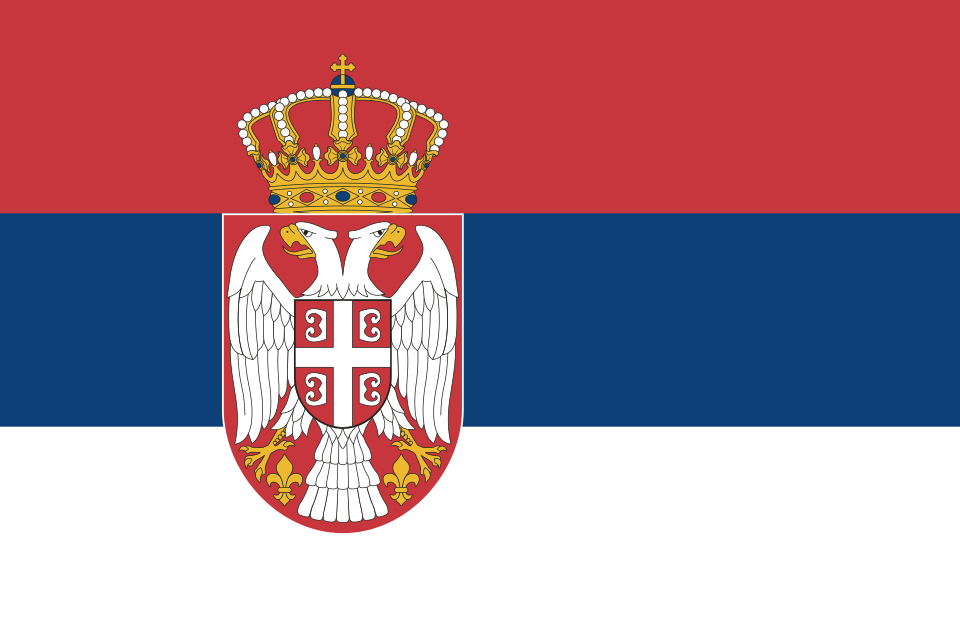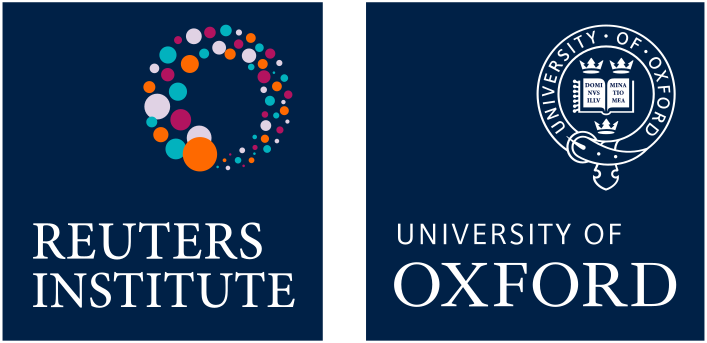
Serbia
The media market in Serbia is oversaturated, while being poorly regulated and highly politically controlled. However, following an accident in November 2024, when 16 people were killed by the collapse of a concrete railway station roof in Serbia’s second city, Novi Sad, anti-government protests followed as protesters held the government responsible.
Students and young people have been active in organising continuous and increasingly large protests throughout the country since November 2024. Their complaints of government corruption and dysfunctional institutions led to the resignation of the prime minister and the government’s fall in January 2025.1 But by April President Aleksandar Vucic remained in control, after 13 years effectively in charge of the country and with an ever-tighter grip on the media. Protesters also called for boycotts of pro-government media, culminating with a two-week blockade of the public service broadcaster RTS in April 2025.
Reporters without Borders’s 2025 Index placed Serbia 96th out of 180 countries, its lowest score in 23 years, and in November RSF denounced attacks on critical journalists, the use of SLAPPS to target independent media, and the fact that the country had made no progress on freedom of expression in the previous year.2
However, while mainstream media are subject to increased control, our survey reveals that Serbians are Europe’s highest users of social media for news (67%) and this is even more important amongst the younger age groups. Almost half (45%) of 18–24 year olds use TikTok for news and a similar percentage use Instagram. Social media has been particularly important in the present crisis, with student activists using it to spread uncensored news and mobilise protests.
Terrestrial TV remains a major source of news and the average TV daily viewing time (5.3 hours) is among the highest globally. There are two public service media – national Radio Televizija Srbija (RTS) and the regional Radio Televizija Vojvodina (RTV) – alongside four commercial channels: RTV Pink, TV Happy, TV Prva, and TV B92. RTS continues to attract the largest audiences, with its nightly news bulletin attracting an average of 2.5 million viewers, and it is just ahead of the commercial TV Pink channel in the industry ratings.3 Serbian companies with close political and even family ties with the political elite own all four commercial channels. Taken together, mainstream television strongly supports and propagates the political agenda of President Vucic. A recent study found the president made over 300 TV appearances during 11 months of 2024,4 and 141 during just the first 90 days of 2025.
A major source of independent news comes via cable channels N1 and TV Nova, both owned by the United Media Group. Their flagship channel and CNN affiliate TV N1, was launched in 2014 and emerges as the top news brand overall in our survey, with 40% weekly use offline and 32% online. It is highly critical of the government and that, together with its high professionalism and trust, makes it the target of frequent attacks and smear campaigns by state officials and pro-government media.
Advertising revenue is growing by 5% p.a. and is currently over €270m, which is insufficient to sustain the 2,153 registered media outlets. Print is losing readers and revenues and now accounts for just 5% of advertising revenues compared to over 27% for online. The print market is saturated with nine national dailies and eight weeklies, some of which are moving into online or cable TV. Only three daily papers are in foreign ownership; Blic is part of the Ringier Group, and Danas and recently established Nova are with the United Media Group. However, the newspaper market is dominated by the locally owned tabloid press which are criticised as being major producers of hate speech and fake news. According to the Press Council, three tabloids (Alo, Informer, and Srpski Telegraf) violated the Code of Ethics more than 4,000 times in the first nine months of 2024.5 Even so, in the same period they received over €2m of public money in state advertising and lucrative contracts with state-owned companies. The electronic media regulator also awarded a regional TV licence to Informer at the end of 2024.
Following the much-disputed elections in 2023–24 a new media law was passed which allowed state-owned telecommunications operator Telekom Srbija into the media business. In practice Telecom Srbija started its Euronews channel even before that, in 2021, and its expansion continues with the recent acquisition of the Sport Klub and satellite Total TV from United Media Group, thus extending state influence over media delivery platforms.
Snjezana Milivojevic
Retired Professor of Public Opinion and Media Studies, University of Belgrade
Changing media
Television news remains an important source of news for older Serbs but younger groups prefer to access online. Social media is widely used across generations with Facebook, YouTube, Instagram, and TikTok the main networks for news.
Trust in news overall
27%
43/48
Misinformation concern
58%
Overall trust is amongst the lowest in our survey at 27%. News media are widely seen as subject to undue influence from politicians and businessmen. Most brands in our list are more distrusted than trusted and some of the most widely used brands, Informer and TV Pink, are the most distrusted. Meanwhile the more critical media, N1, Nova, Danas, and Vreme, have higher levels of audience trust.
RSF World Press Freedom Index
96/180
Score 53.55
Measure of press freedom from NGO Reporters Without Borders based on expert assessment. More at rsf.org
Share news via social, messaging or email
29%
Footnotes
1 https://www.theguardian.com/world/2025/jan/30/we-are-done-with-corruption-how-the-students-of-serbia-rose-up-against-the-system
2 https://rsf.org/en/serbia-weak-link-europe-belgrade-rsf-urges-government-act-press-freedom-and-against-propaganda
3 https://www.rts.rs/rts/rts-predstavlja/najnovije/5594127/rts-1-i-u-novembru-najgledaniji-u-srbiji-svakodnevno-vise-od-dva-i-po-miliona-gledalaca.html

